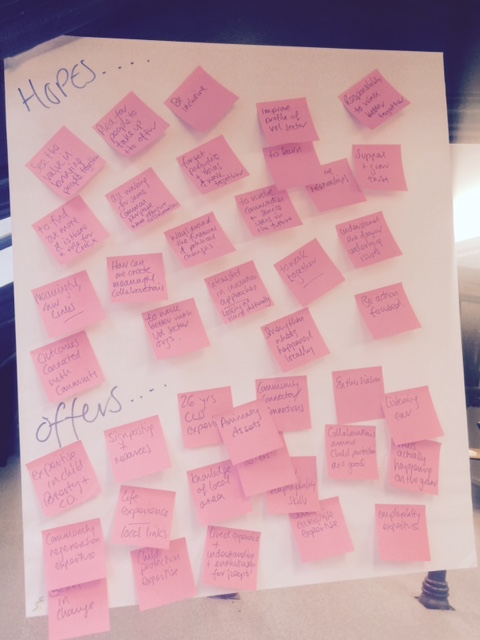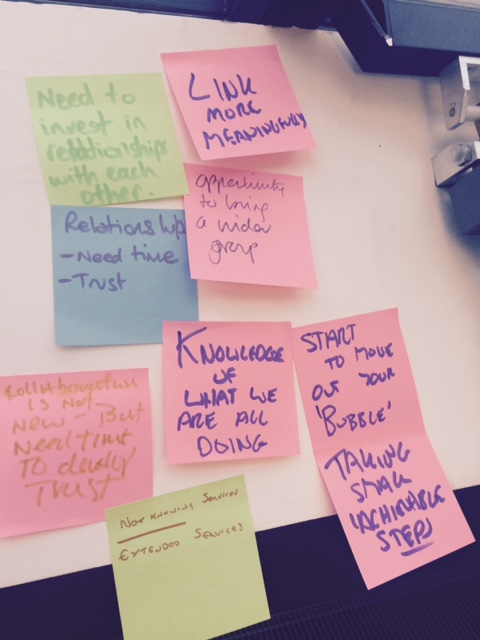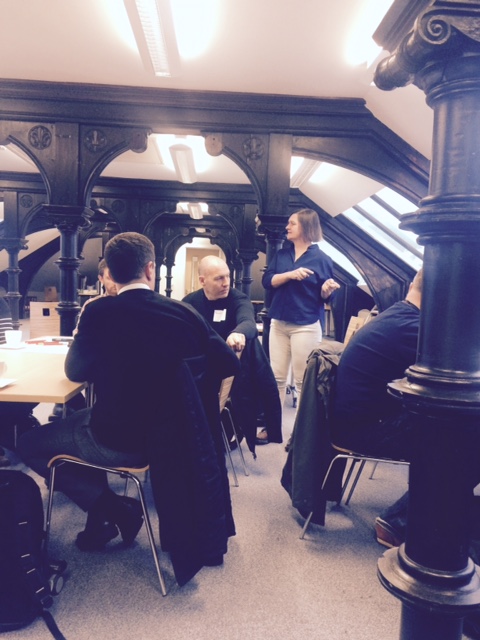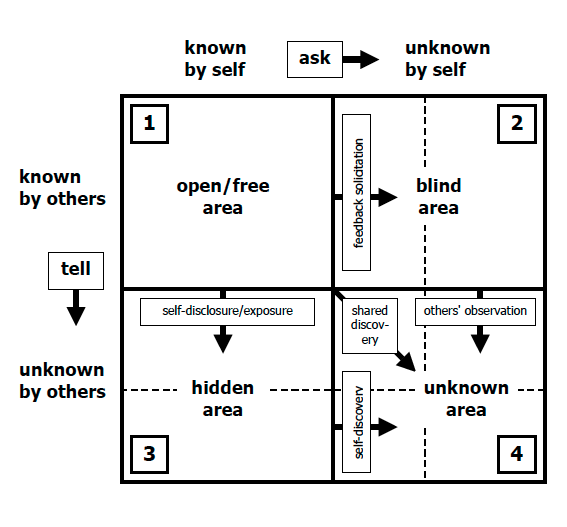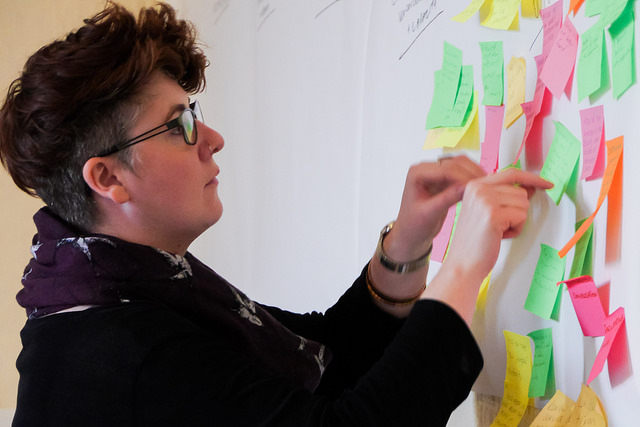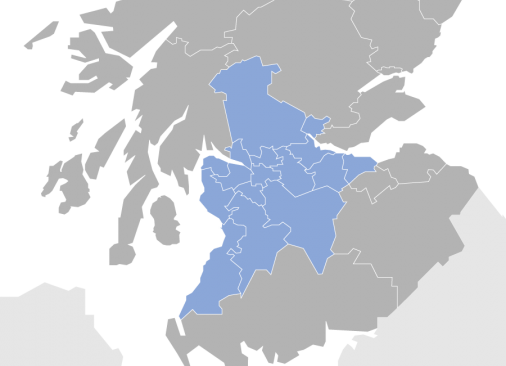On 21st January, we held an event in Maryhill Burgh Halls attended by 20 people representing social work, community based services, housing and cultural organisations. The purpose of this event was to start a conversation, to consider what could be achieved for communities in NW Glasgow through a broad, rich partnership of agencies and people.
Our goal was to enable people to:
- Connect up – to have different types of conversations, make new contacts and networks
- Understand what the group agrees and disagrees on (in relation to partnership and collaboration), and the focus of work
- Commit – Understanding and identifying the appetite for the work.
The conversations had on the day were far reaching, crucial for many in the room was the notice of impending cuts, with a very difficult funding landscape at present being continually discussed and presenting a sense of urgency to act. Concerns were raised about very local organisations working with the most vulnerable being under threat.
There was also a genuine source of frustration that the policy context at the moment is so supportive of the type of work that grassroots organisations are trying to undertake, but that the perception is that this is failing to manifest or be invested in at a local level. Hearing about the struggles that local organisations are facing in terms of cuts was very stark, and it was voiced that there was more to be done to bring the policy rhetoric into the reality of what communities are experiencing.
Emerging inter-related themes
- Relationships between organisations need to be strengthened. It takes time to build trust
There was a sense from the group that we have to start somewhere, and that small conversations like this which enable a space for people to explore issues together is a key step forward. There was expressed appetite from those in the room to come together and gain a better understanding of what each other does and to build trust to enable collaboration. The real concern voiced was that the very local organisations who have deep and sustained relationships with the community are lost in the next round of cuts. One of the questions we posed was whether or not we could collaboratively work together as a group of organisations to go to funders and provide an offer to help them reach their transformational agenda?
- Relationships with people living in the community need to deepen
There is a wealth of work happening to engage with people locally across each of the organisations that were represented on the day. However, the group recognised that each organisation is doing this differently, asking different questions and rarely shared the result of this engagement with others. There is the potential to create opportunities for people to come together to enable the community to have their say on the broader context of cuts to services. This would serve as a contextual analysis at a locality level to enable us to understand what the community wants and values. Could the organisations gathered share the information that they have to look for insights and gaps about they key issues to be addressed as identified by the people of Milton?
- We need to raise the profile of the work that we do / build organisational resilience to weather the storm
As resources continue to diminish we need to think of clever and sophisticated ways of arguing our case and trying to get investment. Some of this will be about relationship building. This is about exposing what organisations do and the connections between those organisations, rather than promotion. A ‘campaign’ – to support decision-makers to understand how crucial this preventative work is. This is not just about looking at figures, but helping people to understand the impact of this work, and what will be lost if the funding goes.
There also needs to be a constructive challenge to current funding processes that demand that organisations invest significant resources of tie and energy continually evidencing the need for and efficacy of their work. If resources to tackle inequality and poverty are being cut does it make sense to take resources from the complex and costly layer of oversight and produce more effective streamlined processes of funding and evaluation?
Actions
We agreed that the next steps for this work didn’t need to be leaps, but could involve an invitation to bring a wider group in, that said, the following actions were identified:
Short term
- Identify people who are happy to go forward with this collaborative project – both in the room and others who are working locally and willing to walk on this journey with us – keep asking ‘who is not here that should be’
- Quick and dirty asset mapping exercise – focused on what do the community value and need? and how is this invested?
- Run another session in March for a wider group to come together
Reflections
“it’s the first time I haven’t felt a combative environment”
“it was a day where people seemed to see other people’s roles and perspectives”
We were pleased (though surprised!) at the really robust, honest conversations that emerged from those who attended. People did not skirt around the key issues and were determined to confront the difficult circumstances they were finding themselves in head on. It remains to be seen how committed people are to working together, but there was a sense from the partners that the event provided a greater foundation for which to approach other organisations. That said, it was evident that the majority of the people in the room were from local (to the North West of Glasgow) organisations, not specifically focused in supporting the people of Milton, and so there was the recognition that more would need to be done to invite the very local organisations into the conversation, as well as maintaining the links with those who’d taken part on this day.

